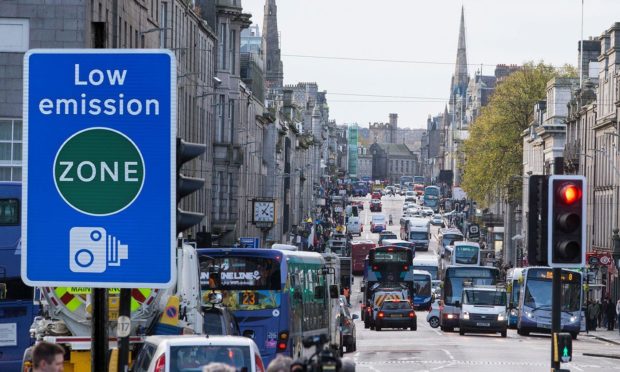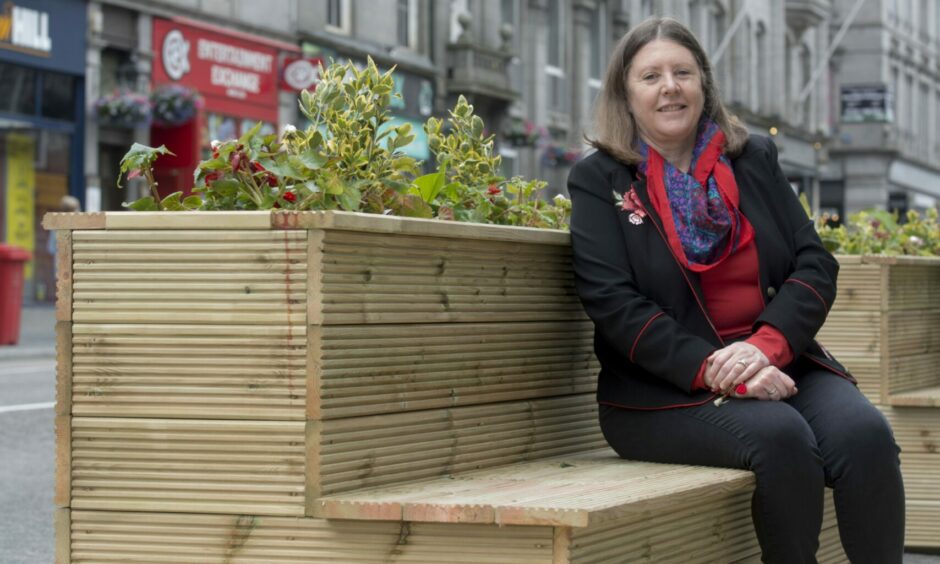Aberdeen City Council’s transport spokeswoman has defended the city’s planned low emission zone, despite it receiving criticism from environmental groups.
Councillor Sandra Macdonald has described the low emission zone (LEZ) as a tool to reduce carbon.
Speaking on BBC’s Good Morning Britain the transport spokeswoman explained that she thinks it is a “really good plan”.
She said: “It’s about allowing car parks to be used but not to have pollutant cars on most of our roads in the city centre.
“So that’s why it’s been designed the way it has – with data and with consultants to bring out options which have then been consulted on. At the end of the day, I think we’ve got a really good plan here in Aberdeen.”
However, environmental groups remain critical of the LEZ plans for the four biggest cities in Scotland.
Gavin Thomson from Friends of the Earth Scotland explained that the low emission zones are essential. He claims the zones not coming into force until 2024 as “not good enough”.
Mr Thomson added: “Your vehicle won’t be allowed in if it’s really old, older vehicles are polluting. But, some vehicles can cause a lot of greenhouse gas emissions, maybe like those big SUVs that you start seeing more of, but they’re newer vehicles so cleaner.
“I think LEZ will only be successful in that modal shift of getting people out of cars and into walking, cycling or public transport.”
For this to happen Mr Thomson argues that segregated cycle lanes need to be introduced and more should be invested in public transport.
Revised plans for a smaller LEZ
Last week, the local authority revealed proposals for a revised, smaller LEZ which it drafted after receiving feedback from the public.
Many have voiced fears that Aberdeen’s planned LEZ will have a negative impact on city centre businesses, those travelling around the city, and those with vehicles that will be banned.
Meanwhile, others have claimed that the plan “lacks ambition”.
Professor Jillian Anable from Leeds University explained that if the LEZ is small it will not have the same effect.
She said: “When there’s such a low or small zone, it means clearly there’s still an opportunity for people to drive largely toward that zone and maybe walk the final few metres or miles or whatever.
“This means largely most of the car emissions have been expelled, just not in the middle.”

